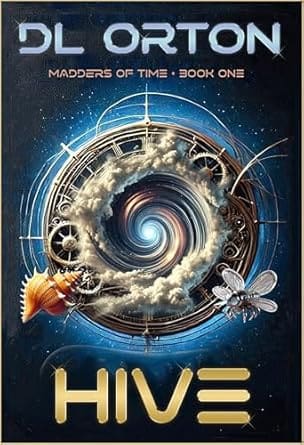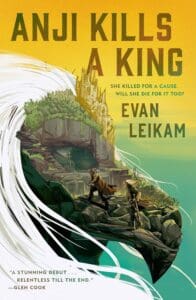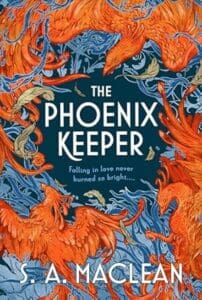
Synopsis:
What if saving the future meant rewriting the past?
In a dying world overrun by microdrones, humanity’s last survivors cling to life inside the Eden-17 biodome. Isabelle Sanborn knows her time is running out, but one desperate plan might give humanity a second chance. With the help of Madders, an enigmatic AI built from the memories of a brilliant physicist, Isabelle sends Diego Nadales—the love of her life—35 years into the past. His mission? To change the course of history and prevent their world’s collapse.
When Diego arrives in the vibrant yet fragile Main Timeline, he’s forced to confront ghosts of the past, including a younger, ambitious version of Isabelle. As he battles to shape a better future, Diego must navigate a delicate web of relationships and events without destroying the very fabric of time.
Brimming with suspense, heart-pounding action, and a poignant love story that transcends time, Madders of Time – Book One is a breathtaking science fiction adventure. Award-winning author DL Orton weaves a tale that explores sacrifice, resilience, and the timeless power of love.
Fans of The Time Traveler’s Wife and Dark Matter will find themselves captivated by this unforgettable journey through parallel worlds and intertwining destinies.
The clock is ticking. Can love survive the collapse of time itself?Prepare to lose yourself in the first installment of the Madders of Time series—a story that will keep you turning pages and leave you hungry for more.
Review:
Back in the mid-80’s Marty McFly traveled to 30 years into the past thanks to Doc Brown’s souped-up Delorian and science fiction was never the same. Frankly, I’ve always been fascinated by time travel and when I saw the opportunity to read Hive by D.L. Orton, I was thrilled to dive in.
Time travel, of course, is purely theoretical at this time. But, in recent years the arguments have been ongoing about how time travel would work IF it actually was a possibility. Would it work like in Back to the Future where Marty could potentially erase his own future by bumbling around in the past? Or would it create branches and new timelines like what we saw in Avengers: Endgame?
In Hive, Orton seems to indicate that for her, time travel involves different timelines. At the beginning of Hive, we see a world that is about to end. Humanity is on the verge of extinction and only a few people are left. Isabelle decides there is one hope to change the past — to use the A.I. named Madders to send Diego to before the world was too far gone.
I enjoyed Hive, partly because it didn’t go perfectly. In every time travel story, the shenanigans are some of my favorite parts. So when Diego goes back into his past, the well-laid plans they had don’t quite go off without a hitch. Not to say it happens with comedic effect, but seeing how the past changes or doesn’t with certain decisions is a key part of Hive.
I will say that Orton uses characters from previous books of hers. I would say that reading her previous books would probably really help understand what is happening, especially as the book starts basically in media res, seemingly with the understanding that the audience knows the characters already. However, I was able to enjoy the book without all the background context. Perhaps I would have rated it slightly higher, but as a time travel novel and the first in a new trilogy, Hive works all on its own.
I’m glad I read Hive and am looking forward to the second book in the trilogy, Jump, which is slated to release on November 4 later this year.







Leave a Reply